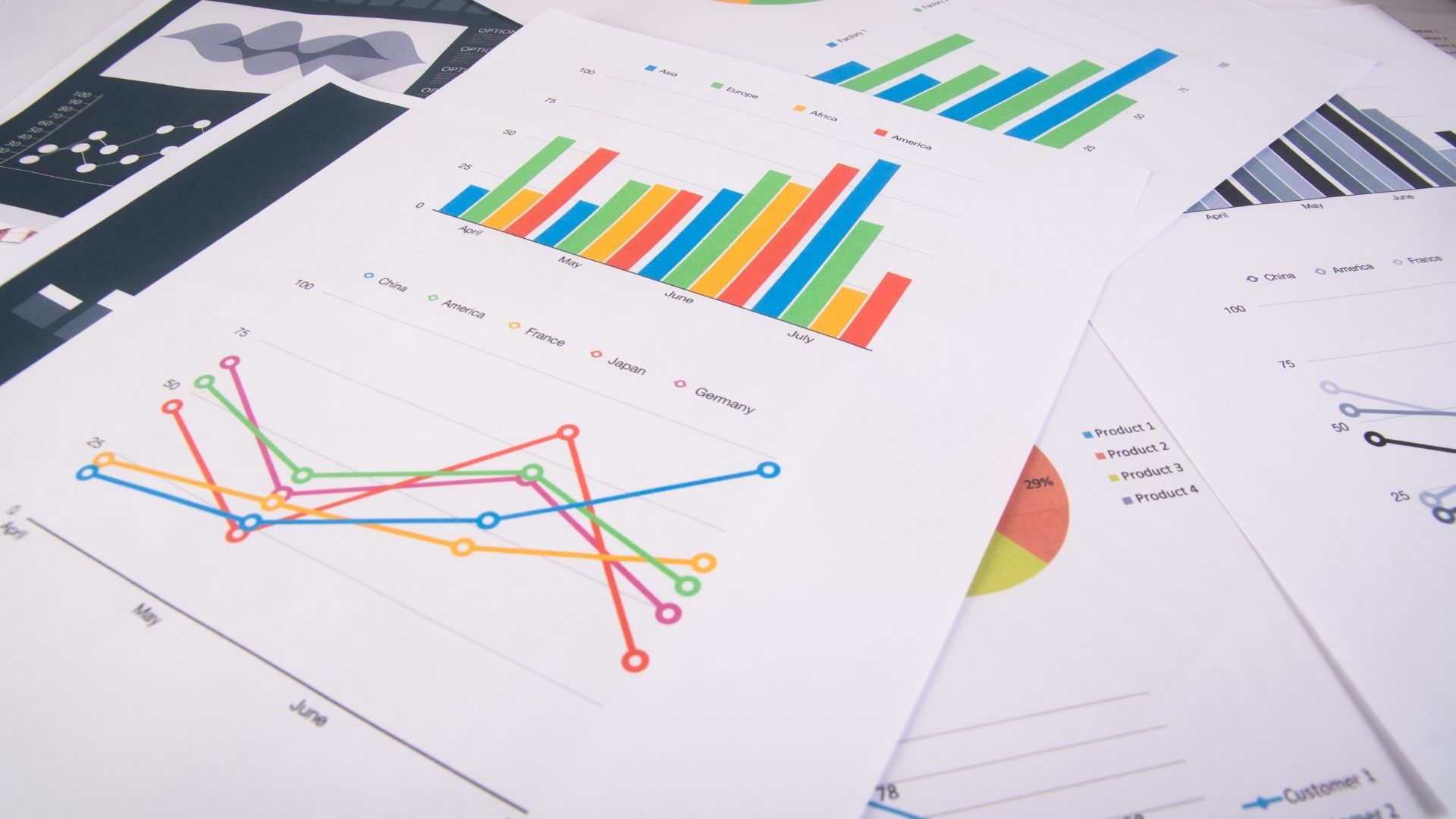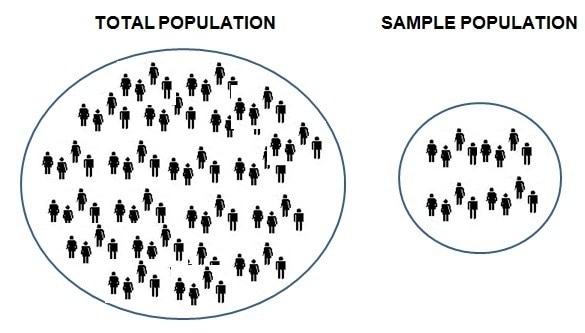
Desk Research: Definition, Importance and Advantages | Marketing91
Desk Research: Definition, Importance and Advantages
Research is an integral part of the marketing of every business. The success of a business depends on the acceptability of the product. Research is used to understand the expectation of the target audience. The outcome of thorough research helps in developing a successful marketing plan.Research can be categorized into two broad categories, primary research and desk research or secondary research.
Read this article to learn the definition of desk research, what is desk research, the importance of desk research, reasons to conduct desk research, advantages of desk research, and steps to do desk research.
Table of Contents
Definition
Desk research can be defined as a type of market research where the information about the topic in research is available in printed form or published on the internet, in newspapers, magazines, and government reports is collected and analyzed.
What is desk research?
Desk research is a type of research that can be performed over a desk. In this type of research, a researcher finds, collects, and reviews the publicly available data about the research topic. In primary research, the researcher interacts with people and collects data firsthand using different primary research methods.
On the other hand, desk research is conducted by gathering and analyzing information available on public platforms such as internet forms, newspaper articles, magazines, market intelligence, government reports, databases, statistics, and data sets.
The desk research is also popularly known as secondary research, as in this research, the data for the analysis is not collected by involving participants. But the previously existed data is gathered and studied. The researcher conducts research sitting behind his or her desk by collecting the previously existing data.
Many organizations prefer desk research because it helps to establish an understanding of the research topic at a very low-cost. In addition to this, the information collected from the desk research is verified by the public. Hence, the outcome of the research is reliable.
Moreover, desk research can be categorized into two categories: internal desk research and external desk research. Internal desk research is referred to as the analysis of internal reports, data sets, and organization statistics. At the same time, external desk research is applied to the study of information collected from the external sources.
Importance
Market research is an essential part of every business. A business needs to understand the product’s demand that they want to launch in the market. Research is the only method to learn about the market condition and the acceptability of the product.
Companies adopt two research methods to analyze the market condition, such as primary research and secondary research. However, conducting primary research is quite expensive and requires a lot of effort and resources.
Therefore, organizations opt for secondary research methods to learn about the field of research. Conducting desk research is a cost-effective method to establish an understanding of the area.
Advantages of desk research
Desk research is one of the essential market research that many organizations opt to learn about their investment. The following are the advantages of conducting desk research.
1. Inexpensive
The first benefit of conducting desk research is that it costs almost nothing. You need to have a desktop and internet connection to perform this type of research.
If you are new in the business world and want to start your business from scratch, then it is understood that you are low on budget to conduct primary research.
Therefore, secondary research is the best option for you to understand the market segment you want to enter and the demand for the product in the market.
2. Helpful in making well-informed decisions
Marketing plays an essential role in the success of every business. A company spends a considerable amount of money to market their product. A manager can make better decisions when they understand the field better.
The desk research allows managers to understand the demands and needs of consumers. Thus, they can create effective marketing plans for their products and services.
3. Helpful in finding new opportunities
Through desk research, a manager can learn about the business opportunities available in the market.
They can analyze the competition in the market and can position their product in such a way so that they can increase their market share.
4. It takes less time to conduct
Secondary research can be undertaken in comparatively less time than the primary research. With the help of technology and using public sources, the information can be collected in very little time.
5. Helpful in focusing the research
Many times, managers face the problem of having one focused research topic. In such a scenario, conducting primary research will be a waste of time and a waste of resources.
The companies can either hire experts in conducting secondary research or use the services of third-party organizations that help you in conducting the secondary research.
Disadvantages of desk research
1. Unreliability of data
Relying on the data collected through desk research is a little risky. The data that you are basing your research on can be outdated as government organizations don’t update their data regularly. Their statistics and database are updated once or twice a year.
2. Difficult to find specific data
Another disadvantage of desk research is that you can’t find accurate data for your research topic. Secondary research is useful to establish an understanding of the research topic, but reaching conclusions only based on the desk research outcome is not advisable.
3. No control over the participants and the methods of research
In secondary research, the data you collect or analyze is based on the research conducted by others. Therefore, as a researcher, you cannot control the research participants and the methods used by them.
Resources of desk research
The following are the sources that can be used to collect data for desk research.
1. Business libraries and databases
All large libraries have business sections where one can access the latest material in different fields of business. Many libraries also provide access to online business sources. Therefore, if you are an entrepreneur and want to do preliminary research for your business, libraries are the best source for you to conduct your desk research.
2. Local directories
Local directories are the best place to conduct desk research if you want to start a business locally and have information about your competitors.
Local directories can provide you information about your local competitors and the product and services.
3. Trade associations
The members of an industry form trade associations.
If you want to enter an industry, it will help you have connections in their trade association. Business associations provide statistics, reports, and data to their members.
4. Market research report
Market research reports contain information about a particular market segment. These reports contain information such as threats and opportunities in a specific market. Several organizations sell market research reports.
You can buy research reports to conduct desk research.
5. Newspapers and magazines
Newspapers and magazines are one of the cheapest and readily available sources. In all newspapers, there is a business section where they print business news and market.
Similarly, business magazines publish news about different industries. You can buy their latest copies and can access older copies from your local library.
Steps to conduct desk research:
Carrying desk research requires skills and knowledge to scrutinize the right sources to collect data. Whether you want to write a personal story or research a business opportunity, desk research will help you do it effectively.
In this section, you will learn about the steps you can follow to conduct effective desk research.
Step 1: Define the objective of your research
Conducting desk research will become a lot easier if you have a predefined objective for your research. If you are not sure about your research’s objective, you should list down all the questions you want to research.
Your research should be focused on finding the answers to all of these questions. Follow the logic of going from general research to reaching a precise research topic. Lastly, have a rough idea of how much information you want to collect so you will know when to move to the next step.
Step 2: Make a research plan
Now, this step might contradict your pre-notion about the desk research. Most people believe that desk research takes place without following a plan. But, trust me, having a research plan will make your research work a lot easy.
Choose a research method that you will use and the tool that you will use to collect and analyze your research data.
Step 3: Select a deadline
Having a deadline to conclude your research will make your research work fast and will save you from wasting your time procrastinating, and you will end up conducting your research in less time.
Step 4: Conduct research
Conducting desk research means collecting the data from reliable sources and analyzing them to reach conclusions. Ensure the reliability of the data source and analyze the information collected using tables and flow charts.
Step 5: Reach conclusions
Once you have collected enough information and have organized and analyzed it properly, then reaching conclusions will not be difficult for you.
Your whole effort to conduct research will be successful only if you understand the information entirely and draw conclusions from it without any confusion.
Conclusion
Desk research or secondary research is conducted by collecting and analyzing the data collected by other researchers. Using desk research, you can establish an understanding of your research field by spending fewer resources like time and money.









